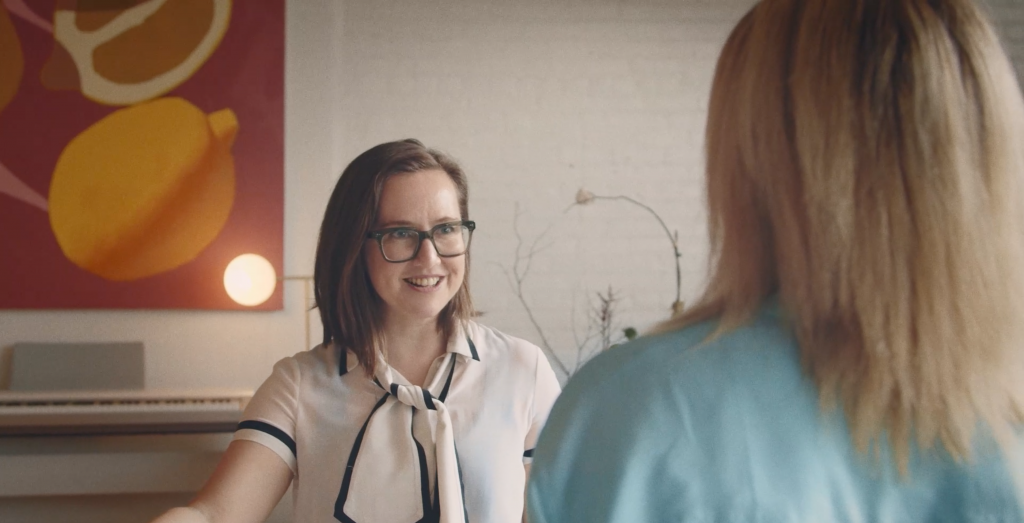When we put together a workshop on teaching sciences-integrated theology, we were unprepared for the creativity that Dr. Erin Kidd brought to the table. She made pedagogy sound like an art.
As assistant professor of theology and religious studies at St. John’s University in Queens, New York, Erin was asked to teach a science and religion course online during the height of pandemic lock-down. While it might have been easy to just use the most familiar methods of online teaching, with low expectations, Erin decided to take risks. Her model started by centering student questions, which generated buy-in at levels Erin had never seen before, even in spite of the online forum and the Covid crisis. We caught up with her in Brooklyn to learn more about her approach, and why it’s particularly important for teaching science/faith in an integrated way.
Erin’s pedagogical approach is an extension of her theology. In centering students in her teaching, she expresses a burgeoning theological anthropology, which is growing out of her research in “4E” human cognition. This way of understanding how we make meaning (including religious beliefs) is always situated; a human mind exists–not in a vacuum–but in a body and in a cultural context. In this video, Erin explains how she applies these ideas to the fascinating life of Harriet Tubman, and how her experience of religious visions defined and illuminated her life’s purpose.
Not only is Erin a part of our TheoPsych cohort, but she is also a grantee with St. Andrews University’s New Visions in Theological Anthropology project, where she is pursuing questions around the role of the body in worship/liturgy. To learn more about the relationship between human embodiment and theology, check out our free TheoPsych course on “Brains & Embodiment.”


